
What is Retention Marketing + Strategies in 2024

Did you know that retention marketing is the new customer acquisition. Well, at least for this year. Sadly, 44% of companies focus more on customer acquisition vs retention while 18% focus more on retention marketing. But for 44% of businesses that focus on customer acquisition, growth is typically more short term and expensive. Focusing on retention marketing is sometimes referred to as the ‘holy grail’ of marketing, and is enjoyed by the 18% of businesses who do it, who often have higher profit margins and more stable growth.
Businesses use retention marketing to decrease the customer acquisition cost and get long term results. The idea is to retain existing customers by engaging and retaining them rather than always chasing new ones. With nurturing relationship with current customers, companies can increase the customer lifetime value and have a stable revenue stream.
This article will talk about
What is retention marketing
The shift from acquisition to retention marketing
Retention marketing strategies for building customer relationships
Talk about methods for measuring the impact of retention campaigns
Table of Contents
- What is Retention Marketing?
- The Shift from Acquisition to Retention Marketing
- 10 Retention Marketing Strategies in 2024
- Conclusion
- FAQs
What is Retention Marketing?
Retention marketing is the marketing that focuses on increasing the rate of repeat purchases of existing customers. It uses retention marketing tactics to keep the current customer engaged throughout their customer journey, keeping them loyal for long-term stability.
The Shift from Acquisition to Retention Marketing
Some companies have successfully switched to retention focused approach from customer acquisition and have achieved great results. For example, one e-commerce company launched a customer loyalty program and despite a 24% drop in marketing and acquisition budget, saw a 66% year on year growth in subscriptions.
Customer retention has now become a key component of overall marketing strategy of the companies. The reason for this change in focus is because loyal customers are more likely to buy again and spend more over time. In fact, studies have shown that raising customer retention rates by just 5 % can increase profits by 25 to 95%.
More and more companies are adopting a retention centric business model as they realize the value of customer retention. The focus of this approach is to build long term relationship with existing customers rather than running after new customers. Prioritizing customer satisfaction and loyalty can form a stable revenue stream, and reduce the need to spend money on costly acquisition efforts.
Why spend on retention marketing than acquisition
One of the main reasons is cost saving. Research shows that it can cost 5 to 7 times more in acquiring new customer than retaining an exisitng one.
But,Retention marketing offers advantages beyond just cost savings. Existing customers spend 31% more than new customers by trying out different product variations. And they also become your referrals and brand advocates. Therefore, we can say that retention marketing is a more sustainable and long term strategy.
Related Read: What is the most direct cause of customer loyalty
10 Retention Marketing Strategies in 2024
Let’s jump into some very easy retention marketing strategies and customer retention marketing tactics to built connection with your customers.
Brand Storytelling
Brand storytelling is a great retention marketing strategy that allows you to connect with your customers emotionally. For instance, Hubspot effectively uses storytelling to highlight its commitment to Culture code to build an organization in this video.
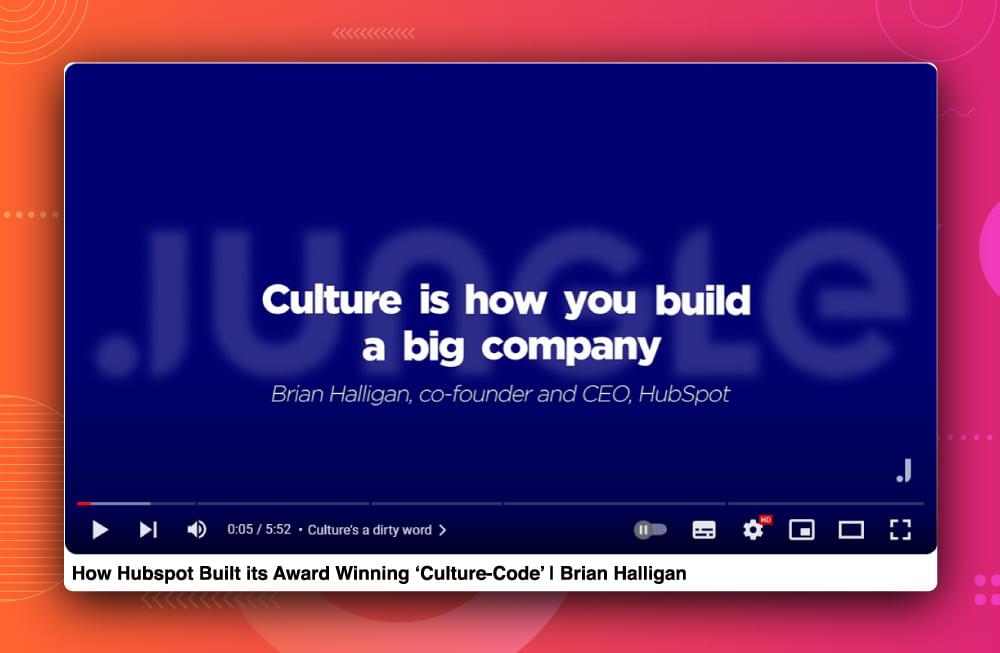
In addition, The HubSpot 2024 Diversity, Inclusion, & Belonging Report demonstrates HubSpot’s dedication to creating an inclusive workplace. It tracks self reported categories like parenthood, LGBTQ+ identity, disability, and veteran status and shares data on gender, age and ethnicity. This report is published by HubSpot as part of its commitment to promoting equity and building a diverse, high performing company culture.
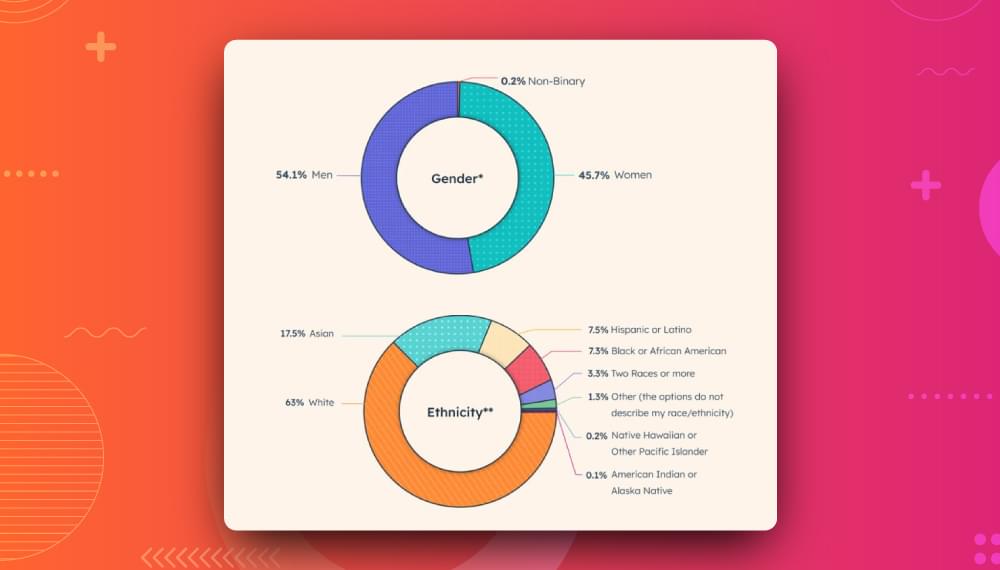
This report is a part of its brand storytelling. By sharing its journey toward diversity, inclusion, and belonging, HubSpot communicates its values, company culture, and commitment to fostering an inclusive environment. This type of storytelling helps to build the brand by evoking an emotional connection to its audience, establish trust and reaffirm its goal. This is a story that tells the world who HubSpot is, what we strive for, and how we’re evolving into a socially responsible and people oriented company.
Community Building
According to a study, 90% of users follow at least one brand on social media — an excellent opportunity for brands to connect with their audience. That’s why community building is such a strong tactic in retention marketing. It can help you improve engagement and belonging towards customers. You can build a community on online forums and social media. Hubspot has multiple public social media groups but some of them are private where customers interact and share their experiences.
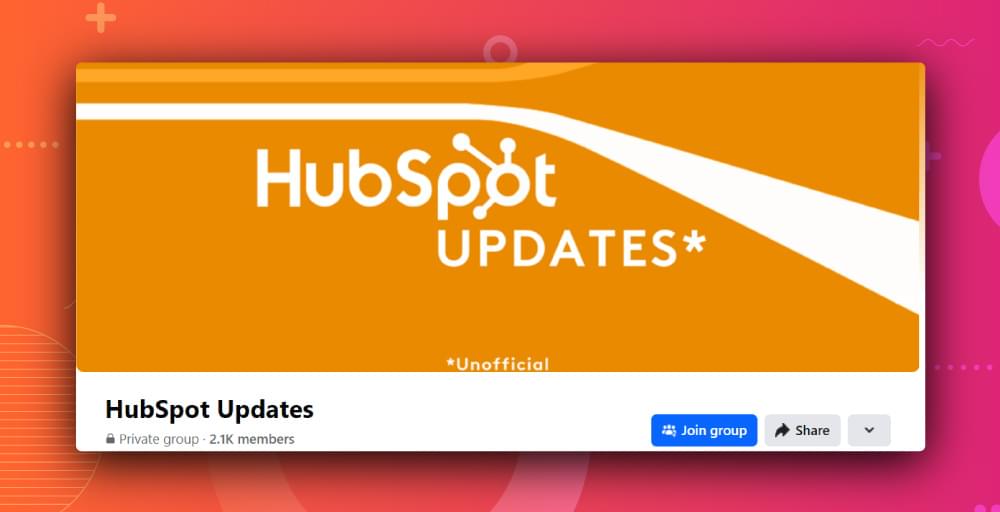
Personalized Experiences
Retention marketing is about customer personalization, and it is becoming more important now. According to research, 75% of business leaders believe that personalized communication is necessary to catch the user’s attention and enhance CTR, and 52% of users believe that personalization increases their satisfaction.
One of the simplest and most basic way of personalization is using customers’ names. You can achieve some level of personalized communication with an email like this. For more personalization techniques, read this blog.
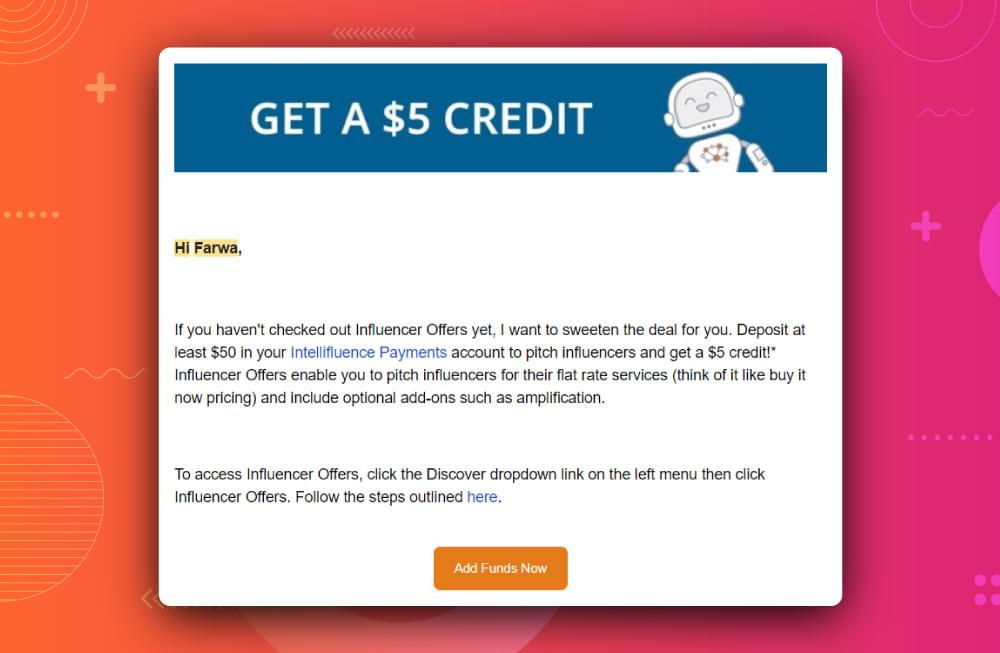
Collect Emails or Data
The first step in establishing a solid retention marketing campaign is to gather customer emails. Email marketing has the power to nurture customer relationships and encourage repeat purchases. To be specific, email marketing gives an average return of $36 for every $1 spent, which makes it a very cost effective retention strategy.
You can collect emails of your targeted audience by giving out free templates, infographics, images, eBook, reports and a lot more. Moreover, you can ask them to sign up to your newsletter. And once you get these emails, you can turn these into leads via email marketing.
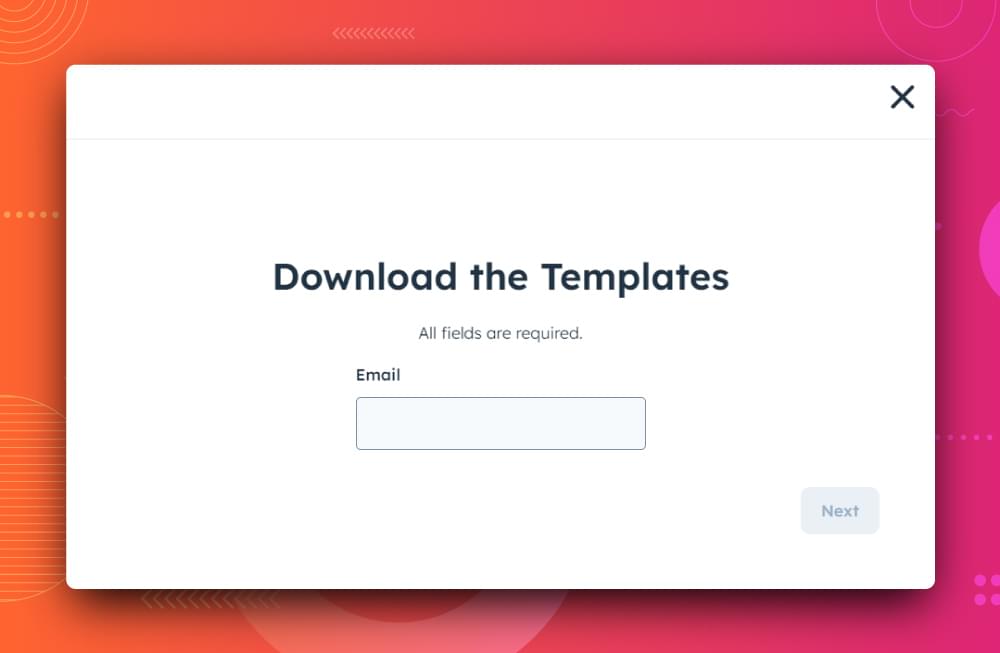
Send Follow-up Emails
Follow up emails are important to keep customers interested and to get them to come back for more. This can be in the form of personalized product recommendations, exclusive offers or content that is valuable for customers. Long term relationships with customers can be especially well nurtured with automated email sequences.
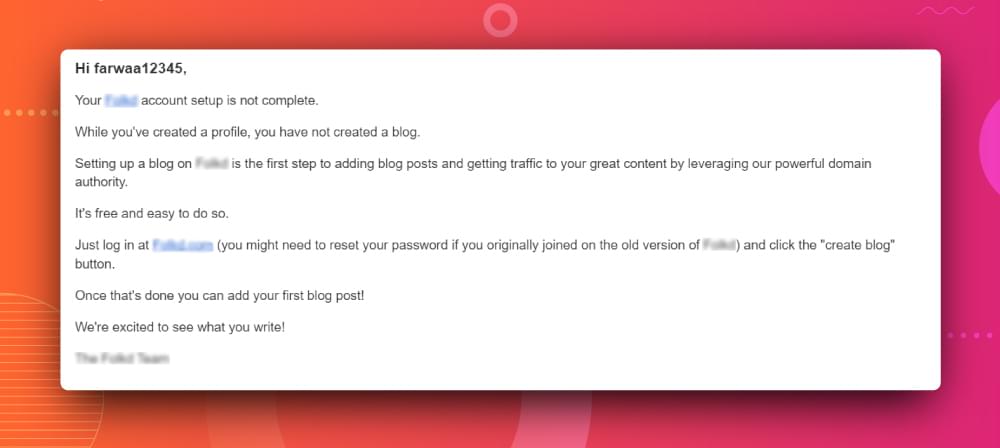
The email above is a follow-up email to customer for completing their account setup.
Personalized on-site experience
Personalized on site experience can have a big impact on returning customers. This can be showing product recommendations tailored to the user, remembering what the user likes, or giving special discount to the loyal customer.. If you’re an e-commerce store, you can offer related products to the returning customer with a message ‘Hey, we picked out these outfits for you - Have a look!’
You can even get the returning user engaged with their choice of songs like spotify does here
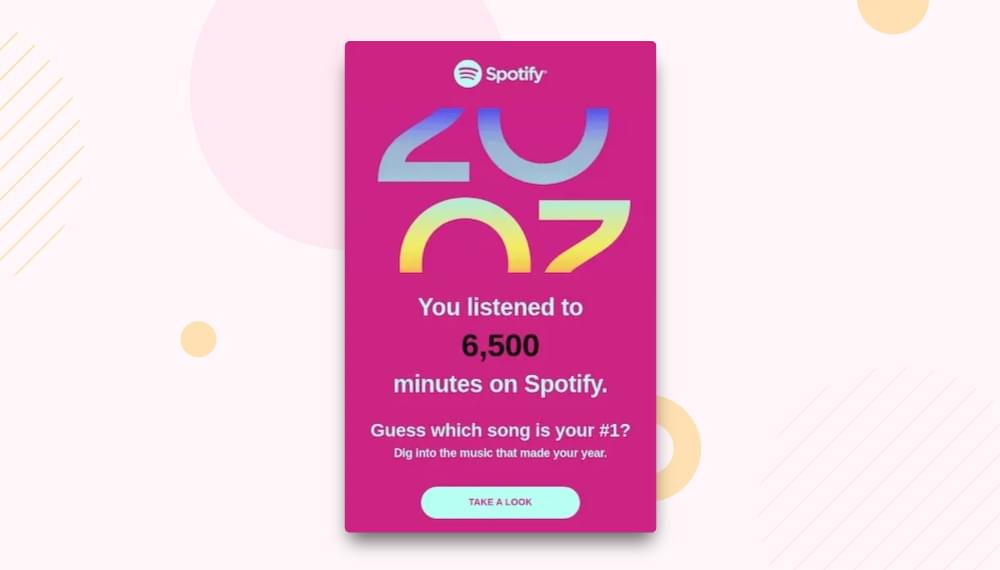
Loyalty Rewards
Giving out returning customer rewards, loyalty programs, and targeted discounts, can be highly effective in improving customer loyalty. Not only do these initiatives reward repeat sales, but they also make customers feel valued as a result of their loyalty.
Welcome Back Message
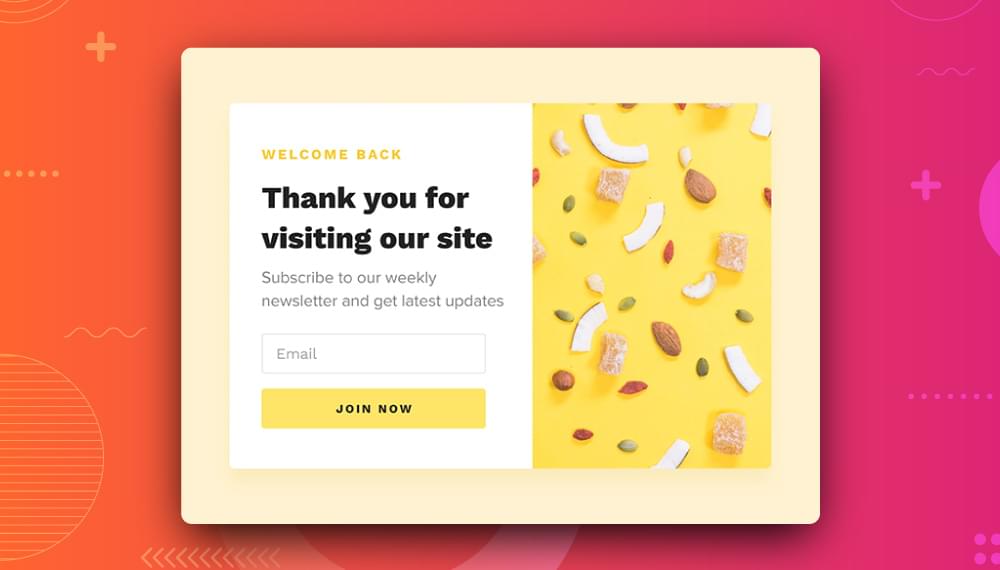
Pop ups welcome back can be a good way to re attract people who have visited before and make them feel special. With these pop ups, you can send personalized greetings, special promotions, or even remind customers of the items they had viewed previously.
For example, you can have a pop-up that says, ‘you left some items in your cart - Checkout before they get out of stock’ or you can say something like ‘The previous items in your cart ran out of stock 🙁 Click here to request them again or view similar items. ‘
Implementing these retention marketing strategies helps businesses to create stronger connections, and in turn helps to increase loyalty, repeat purchase, and long term success.
AI and machine learning applications
Customer retention is one of the aspects of business operations which have been revolutionized by AI and machine learning.
AI in retention marketing is one of the key advantages of analyzing huge amounts of customer data in real time. With this, businesses can deliver ultra targeted experiences through hyper personalization. For example, Mastercard’s Dynamic Yield or Adobe’s Target use AI to instantly analyze customer data to adapt website content, emails, and advertisements to a specific user’s preferences.
With AI driven predictive analytics tools, it is possible to predict customer behaviors and identify those that are likely to churn, helping to improve retention. Using AI, businesses can use the data to track and analyze customer behavior across all the touchpoints to create a single customer profile. This makes it possible to deliver personalized experiences at every touch point.
Churn prediction software use AI to predict where a customer is in their lifecycle and what action will help advance them to the next stage.
Customer feedback and survey tools
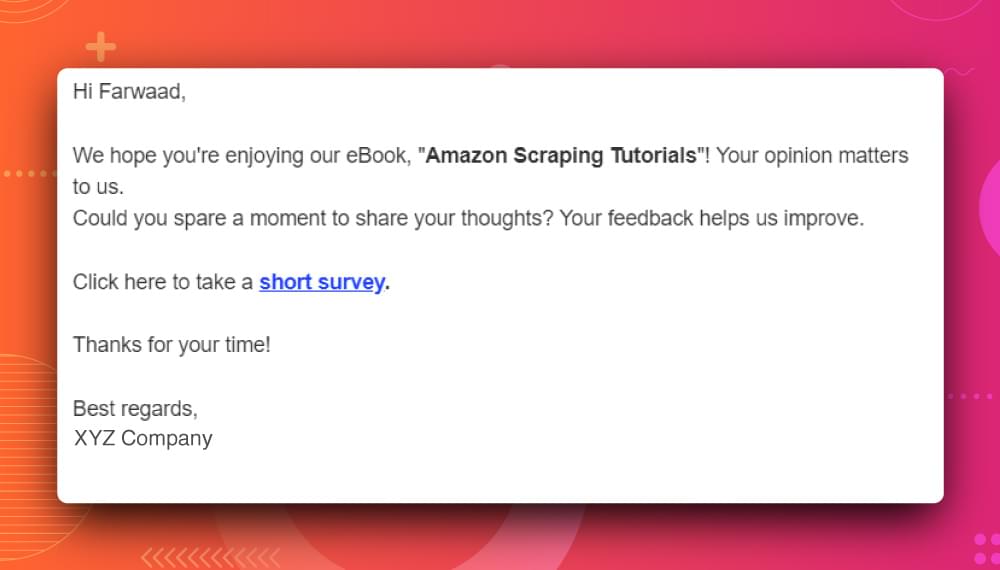
You can gather customer feedback on pretty much everything, like this team does on their eBook to improve customer retention strategies. On a bigger level, its essential to understand why users are churning and for that you need a churn reduction software that collects customer feedback and their reason to churn. Customer Retention tools like Churnfree allow you to create customer retention cancellation flow and collect feedback when they churn. Moreover, you can customize your survey with discounts and options like pause subscriptions to the leaving clients. This helps you reduce customer churn and retain customers.
Conclusion
The next thing after making retention marketing efforts is to measure them. Several KPIs are essential to measure it however, some of them include customer retention rate, Net promoter score, net revenue retention, gross revenue retention, and customer lifetime value. Reduce churn with Churnfree take your customer relationships to the next level, and to implement them effectively.
FAQs
- How can businesses minimize their customer acquisition expenses?
By increasing the rate of repeat purchases from repeat customers and the average order value. Customer feedback loops, loyalty programs and educational initiatives for customers can be implemented.Churn rates are also something to monitor.
- What are some proven strategies to keep customer acquisition costs (CAC) low?
To keep a low cost of customer acquisition, businesses can prioritize customer retention, provide referral rewards, continually analyze data, think about retargeting ads, and use an affiliate or ambassador program.
- What is selective retention in marketing
Selective retention is when consumers remember information that aligns with their beliefs or experiences and forget details that don’t. Marketers use this to reinforce positive brand associations and create memorable, targeted messages.


